What Is the Ducting System?
In order to prevent mould, fresh air should always be introduced into your dwelling on a daily basis, as it helps to regulate temperature and reduce condensation. Introducing fresh air can be as simple as having a ventilation routine, or installing extractors or PIV systems.
For those taking this route and choosing to install themselves, or those trying to understand the need for ducting, we will answer the question ‘Why is ducting used?’
We at I-Sells are here to provide the answers you need whilst also supplying you with all the information you need in order to combat mould and have a well-ventilated home.
Alongside mould control, our venting and ducting solutions also aid in the removal of condensation, retention (and in some cases addition) of heat, and the removal of stale air in your home.
What is the earliest form of ducting?
When we think of ventilation, we think of big tubular devices that remove & bring air into a room, but its beginnings like most things came out of necessity. It is theorised that stone age dwellings first made use of ventilation in order to keep smoke out of their living spaces.
As time developed and industrial societies became the norm, ventilation became a modern solution for hundreds of people sharing the same room for hours on end whilst still being able to breathe fresh air.
What is the ducting system?
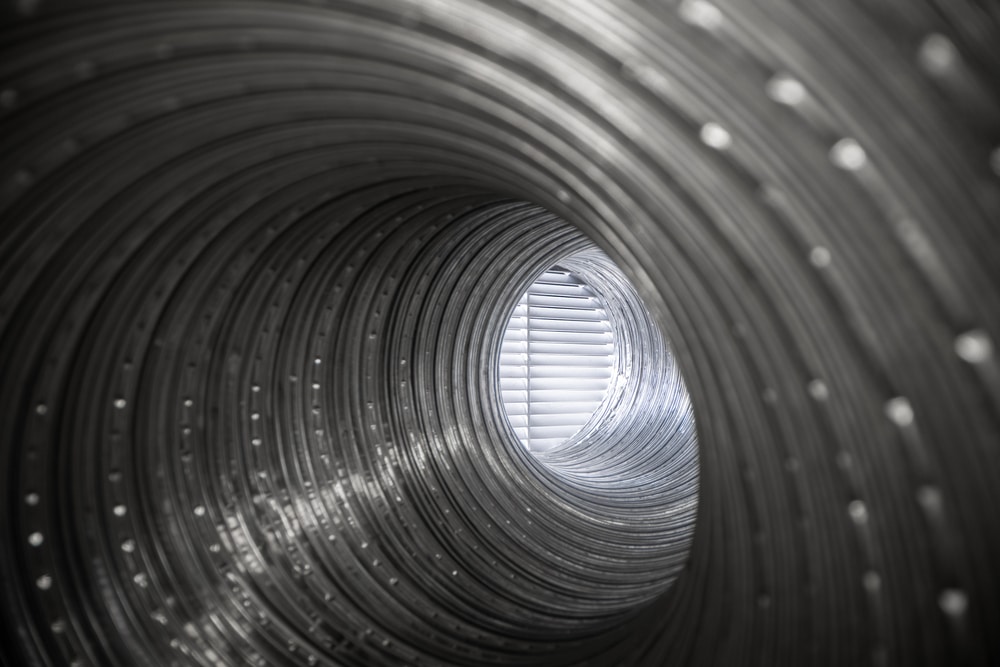
Ducting is used to facilitate the process of ventilation, ducting systems may vary, but generally are made from plastic or metal & made into piping which intakes air from the room it is in & expels it outside.
The main purpose of ventilation is to introduce outdoor air into a dwelling, building or room being evenly distributed. Its general purpose is to allow “healthy” air for breathing & diluting pollutants that may be present in the dwelling, building or area.
As a result of this fresh air, it prevents mould from growing as it disrupts the environment it needs. There are many devices and systems in recent times that can help to facilitate this function on an industrial level all the way to a local level like in your home.
Types of ducting
Round Pipe:
Round ducting has the highest airflow performance, this is due to a wider diameter increasing its free area. The lack of corners also decreases resistance within the pipe, which allows for higher airflow rates and higher rates of ventilation.
It is recommended for most applications where space is available for installation. Its main purposes are for long ducting runs, whole-house ventilation systems, HVAC systems, bathroom, toilet and utility room extract fan venting, or any occasion where high rates of extraction are required.
Round PVC ducting pipe can be used for venting exhaust odours and steam from cooker hoods, although flexible ducting may be easier to install in many instances.
Sizes are available from 100mm, 300mm, 500mm and 600mm diameters, with sizes between these dimensions also available. Both round and flat ducting have smooth inner surfaces to reduce air resistance and noise.
Pros & Cons of Round Ducting
Pros: | Cons: |
High Airflow | Difficult to conceal |
Less friction | Poor results in low-pressure systems |
Lightweight | More expensive than flat ducting |
Corrosion-resistant |
|
Better for high-pressure systems |
|
Designed for HVAC systems |
|
Flat Channel Duct:
Flat channel ducting is ideal when a low profile is required due to lack of space. It can also be concealed and flush fit against ceilings and walls or within voids.
Please bear in mind that as a result of a lower free area, there is greater pressure created within a duct run. It is therefore essential that you check the manufacturer information for the fan you are planning to install within the run.
If the fan is extracting at a rate that is greater than the duct run can cope with, there is potential for the fan to overheat and burn out. This is both costly and unnecessary.
Flat channel plastic ducting is generally used for installations requiring low extraction rates such as bathrooms, toilets, and utility rooms. Sizes available from 110x54mm to 310x29mm.
Pros & Cons of Flat Channel Ducting
Pros | Cons |
Corrosion-resistant |
Creates more noise within duct run |
Lightweight |
Poor results within high-pressure systems |
Easy to flush fit and conceal | Increased air resistance |
Ideal for low-pressure applications |
|
Be mindful of where you place your ducting in order to understand what kind of ducting you need, and where it’s access doors will be, which are vital in order to maintain the effectiveness of your ventilation by cleaning the ducting buildup at regular intervals.
See our handy plastic ducting guide for additional information
Does ducting have to be sealed?
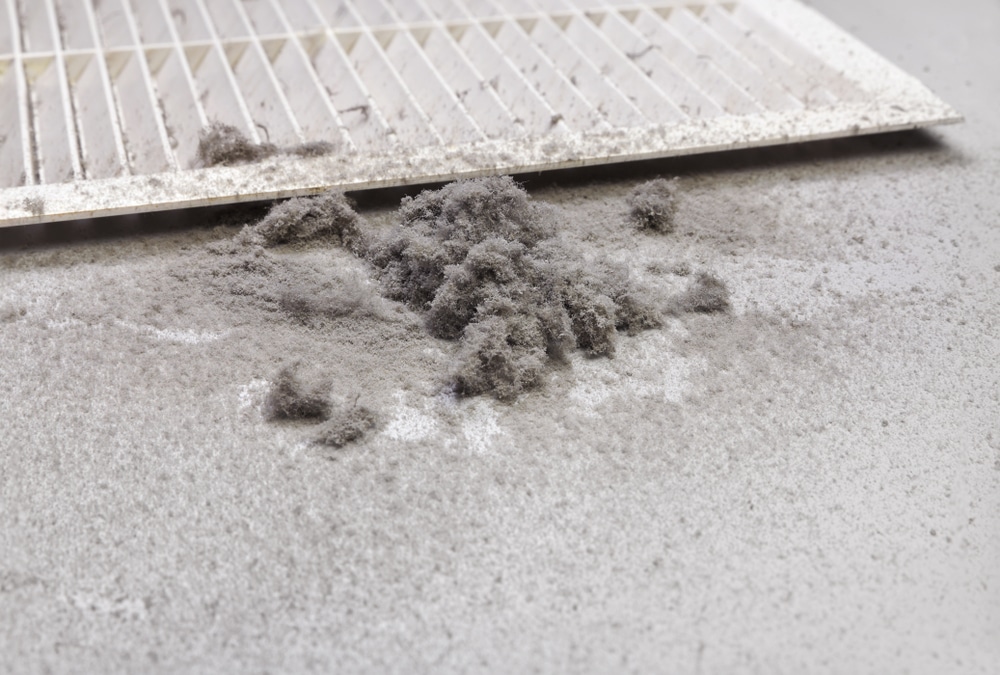
Yes, aside from the ends that receive and expel the air that is covered with slats, there should be no other holes in your ducting. Holes in your ducting will result in leakage in the form of dust, as well as the air being collected or expelled.
This means less efficiency, with fewer results. Depending on where the unsealed area is, it can also result in condensation, creating a new home for mould which can be difficult to access and even harder to get rid of. Not to mention the spores can travel through the airways of the ducting.
What if I want to seal ducting myself?
It is possible to seal your ducts yourself, however, if you are new to this process we recommended you contact your local tradesman in order to assist you. A professional will ensure no mistakes are made.
If you choose to do this yourself, the best option to use to seal ducting is by using duct seal. This is a compound designed to fill cracks & leaks in ductwork. Using gloves, attach the case to a mastic gun & simply apply the sealant on the affected area. You can spread the sealant via a plastic spatula or additionally secure the area with fabric mesh.
Can I ventilate without ducting?
Yes, this is possible, but the effectiveness of ventilation with a ducting system is going to get you the results you need quickly, easily and with much less hassle.
If you want the best possible prevention from the dangers of mould, ventilation systems along with having a regular ventilating routine is the most secure option you take.
However, there may be times when you don’t have access to a fan or it may not be working. Here are some steps you can take in that instance, and to add as a ventilation routine even if you do have a fan.
- Opening a window and using an extractor fan during or after a hot bath/shower
- Creating an airflow by opening windows on different sides of the home for around 20 minutes a day
- Buying or making use of extractor fans within the home
- Opening a window or using an extractor in the kitchen whilst cooking hot meals
- (if living in a house) opening windows downstairs and upstairs, allowing the rising hot air to escape through upstairs windows, while cool, fresh air circulates in from the downstairs windows.
Track your humidity levels
Consider buying a Hygrometer. This device measures the levels of humidity in the air, which can indicate to you which rooms are creating the perfect environment for mould. This is a valuable maintenance and detection device that we offer.
Deal with it
If you find mould on your food, dispose of it and any other foods that may have been touching the moulded food, or open within the same area. If you find mould on any surfaces, clean it immediately with our anti-mould surface cleaner.
If mould reappears at a certain spot in your home, check to see if there is any leak or damage to the area that can be letting moisture in. If so, contact your landlord or trusted tradesman to fix the issue.
Browse our mould control options for the best possible solutions to dealing with mould.
Please note that these steps will not completely defend against mould if there are leakage issues in your home, but will certainly help to mitigate the growth of mould if done on a regular basis.
I-Sells – Ducting – ventilation & mould control

We at I-Sells endeavour to make sure our customers have all the information they need before choosing to invest in our mould solutions. Be sure to visit our blog page to gain knowledge on the wide array of factors and issues surrounding ventilation, mould, condensation, and much more.
We hope to have answered the question ‘What is the ducting system?’
We understand you may have more questions, Please do not hesitate to contact us for more information with regard to whatever you may need our help with. If you’d like to send us an email, click here. For other contact options, see below:
Call us on 020 8463 9696
Visit us at our showroom:
*OPENING TIMES*
Monday – Friday: 8:00 am to 5:30 pm
Saturday: 9:00 am to 12:00 pm
Sunday: Closed
15 St John’s Parade
Sidcup, Kent
DA14 6ES
United Kingdom

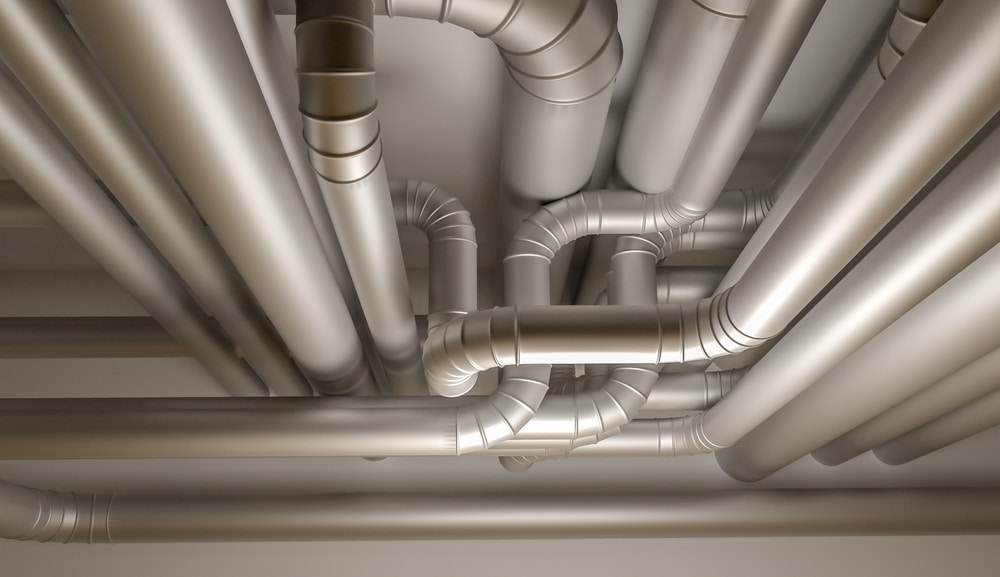

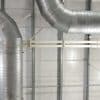
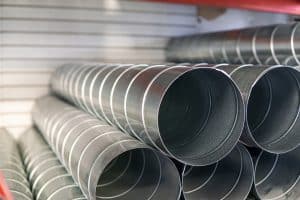
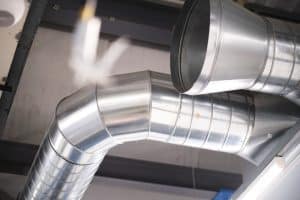























Add comment
You must be logged in to post a comment.